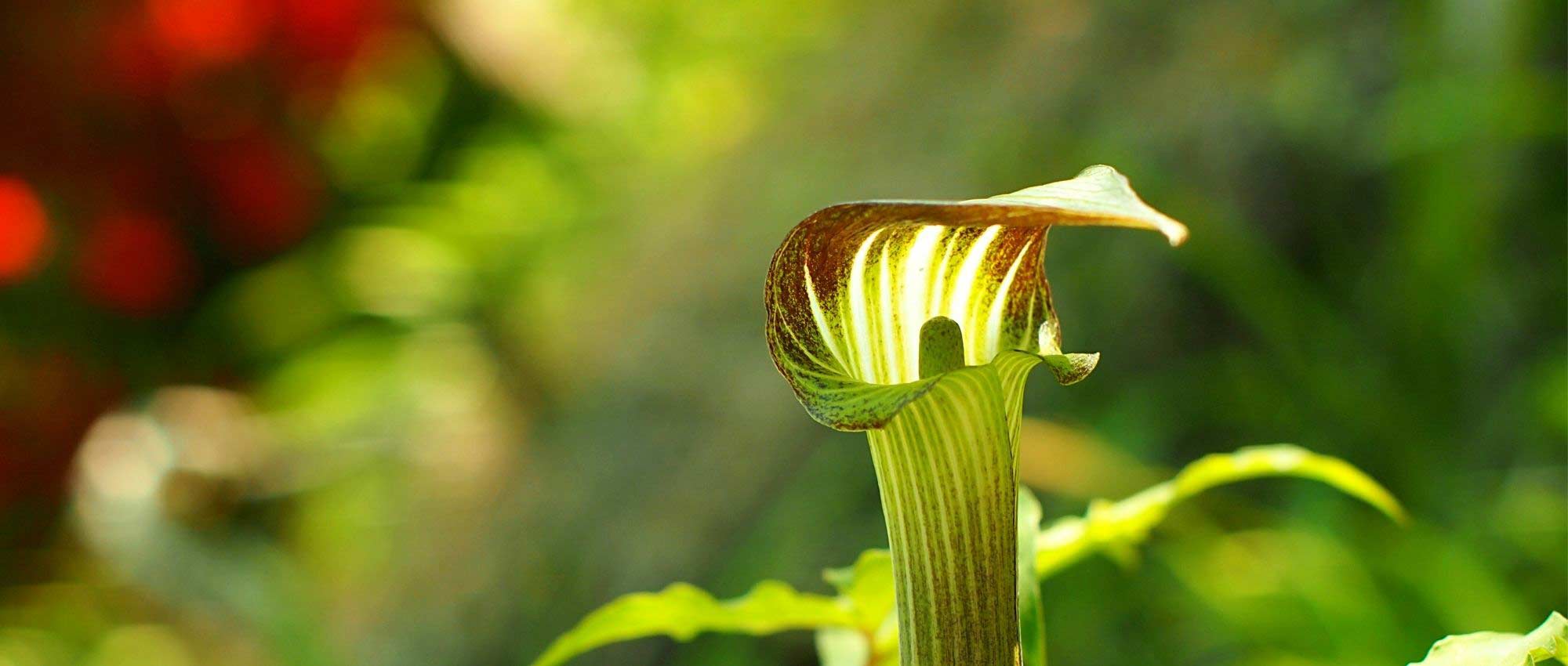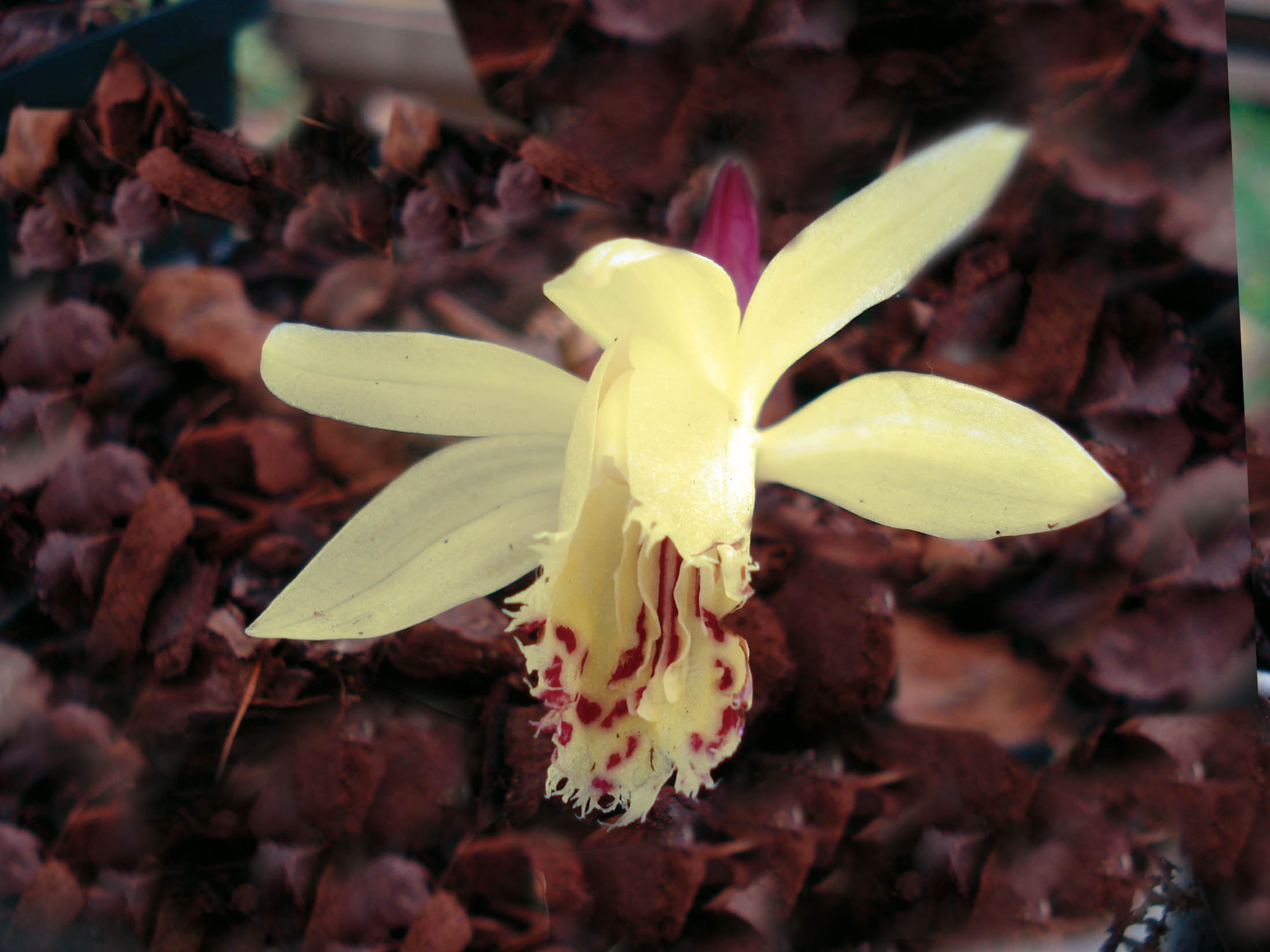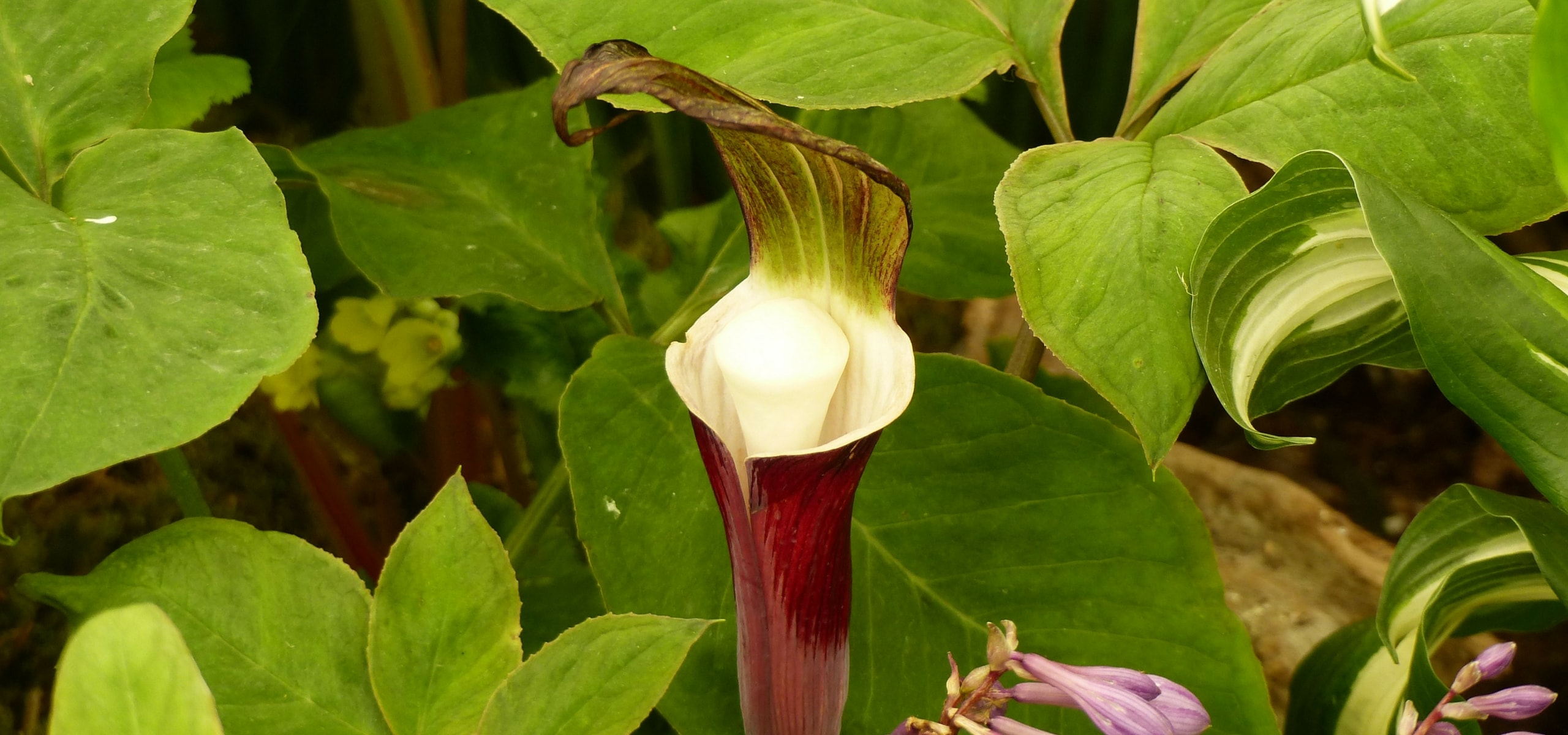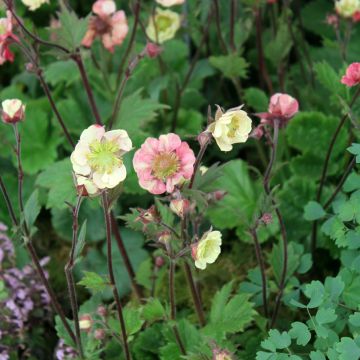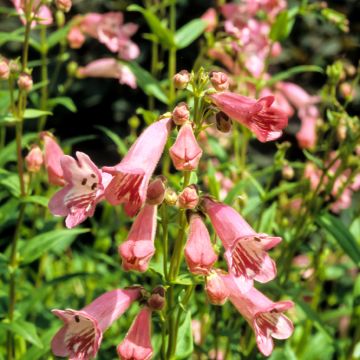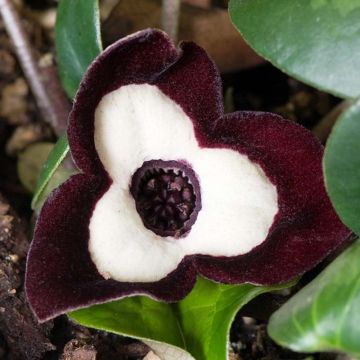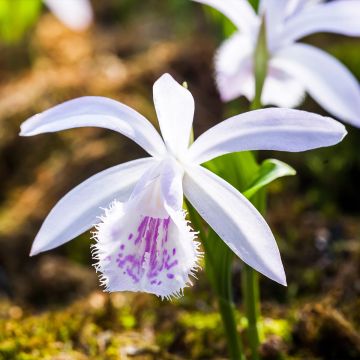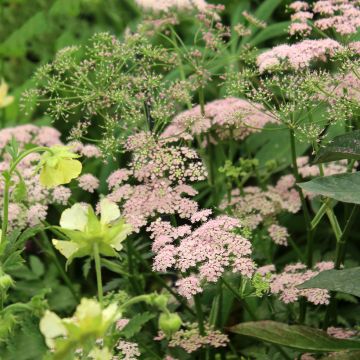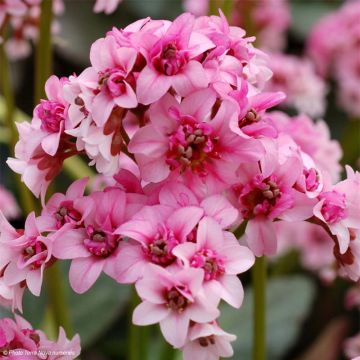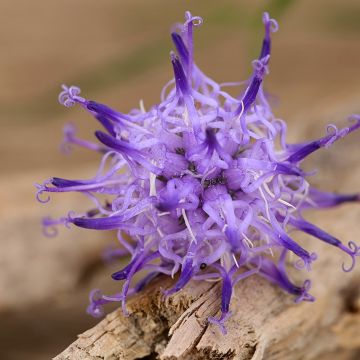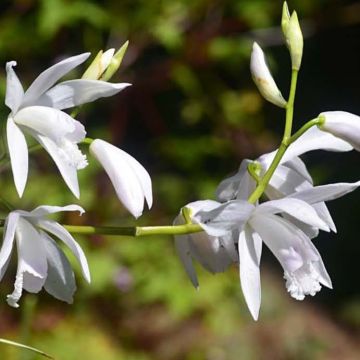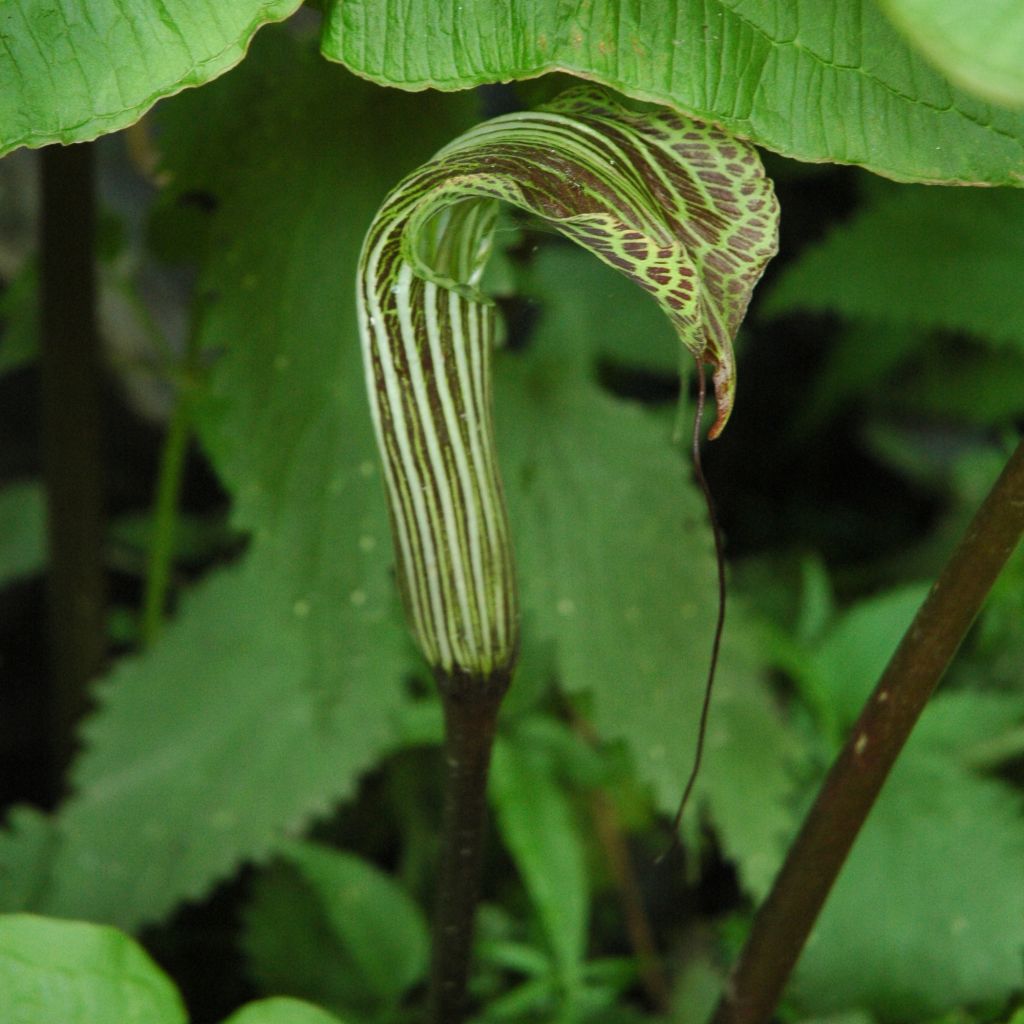

Arisaema concinnum
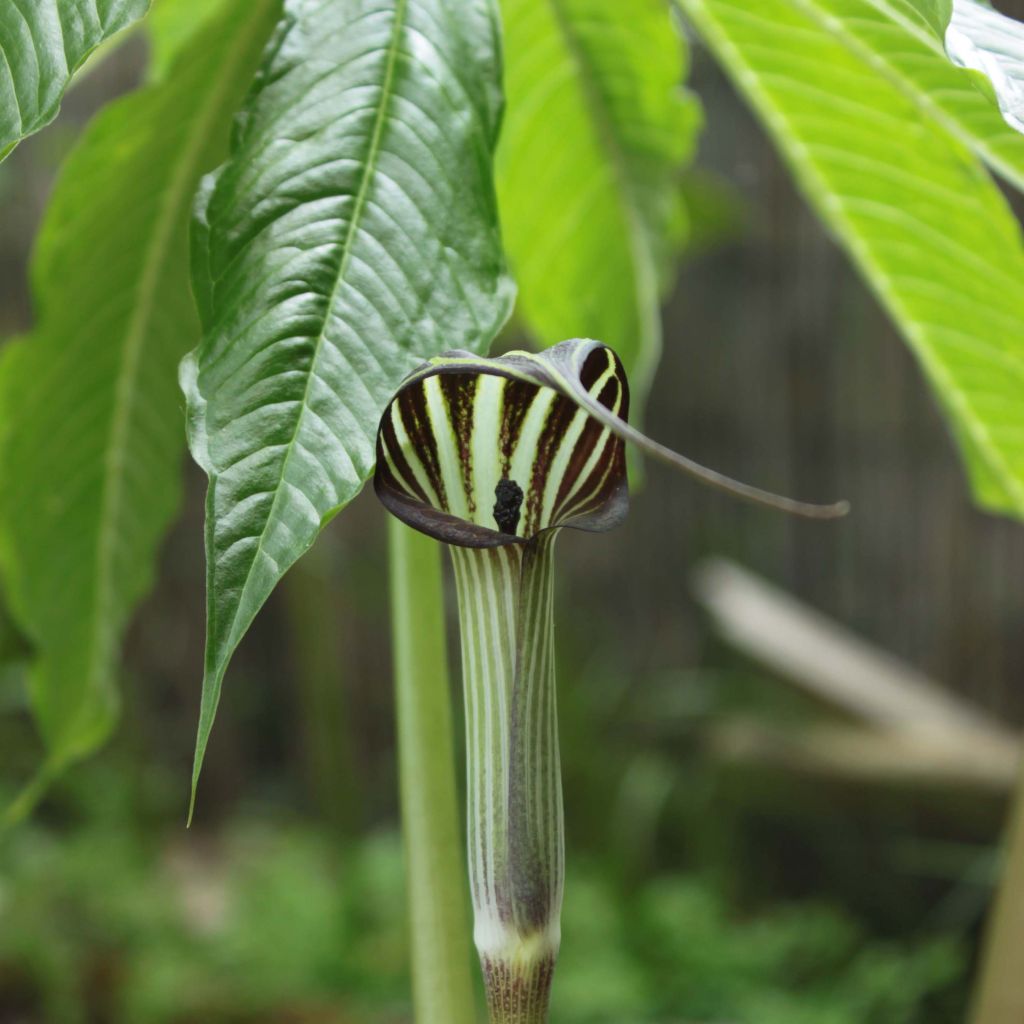

Arisaema concinnum
Arisaema concinnum
Arisaema concinnum
Cobra lily
Duration of the flower one day... but very pretty... beware of the smell if you leave it indoors.
Laurence, 08/05/2020
Special offer!
Receive a €20 voucher for any order over €90 (excluding delivery costs, credit notes, and plastic-free options)!
1- Add your favorite plants to your cart.
2- Once you have reached €90, confirm your order (you can even choose the delivery date!).
3- As soon as your order is shipped, you will receive an email containing your voucher code, valid for 3 months (90 days).
Your voucher is unique and can only be used once, for any order with a minimum value of €20, excluding delivery costs.
Can be combined with other current offers, non-divisible and non-refundable.
Home or relay delivery (depending on size and destination)
Schedule delivery date,
and select date in basket
This plant carries a 12 months recovery warranty
More information
We guarantee the quality of our plants for a full growing cycle, and will replace at our expense any plant that fails to recover under normal climatic and planting conditions.
Would this plant suit my garden?
Set up your Plantfit profile →
Description
The Arisaema concinnum, known as the cobra plant, is a cousin of the arums. It is an original bulbous plant, very resistant to cold, with exceptional flowering.
The Arisaema concinnum belongs to the Araceae family. It is native to the Himalayas. The cobra plant rises up to 80 cm (32in) above the ground and develops early in the season. The unique floral stem emerges early in June, producing a flower head made up of a central spadix of tiny fleshy flowers, surrounded by a funnel-shaped spathe of dark purple colour striped with light green, whose exterior is lined with a similar colour, but paler. This floral stem is later surrounded by a single leaf with a tropical appearance, like a Chinese umbrella, formed by leaflets arranged in a 360° (680°F) wheel, bright green with a lighter middle zone. The flower does not emerge on the same petiole as the leaf. The flowers are dioecious, they are either male or female, but only one sex is found per plant. This species produces red seeds at the end of the season.
The flower head resembling the head of a cobra gave this arisaema its English name of Cobra lily. During the summer, they become dormant as an elongated cylindrical tuber.
Arisaema concinnum is an intriguing plant that can be grown in cool and well-drained soil, preferably in light and humid undergrowth or at the edge of undergrowth where it can get ample sunlight without scorching. It can be cultivated to make beautiful, unique and eye-catching potted plants. It goes well with other plants like ferns, epimediums, Begonia grandis, rhododendrons, azaleas, and oriental lilies.
In Latin, concinnum means "pleasing". All parts of this plant are toxic.
Arisaema concinnum in pictures
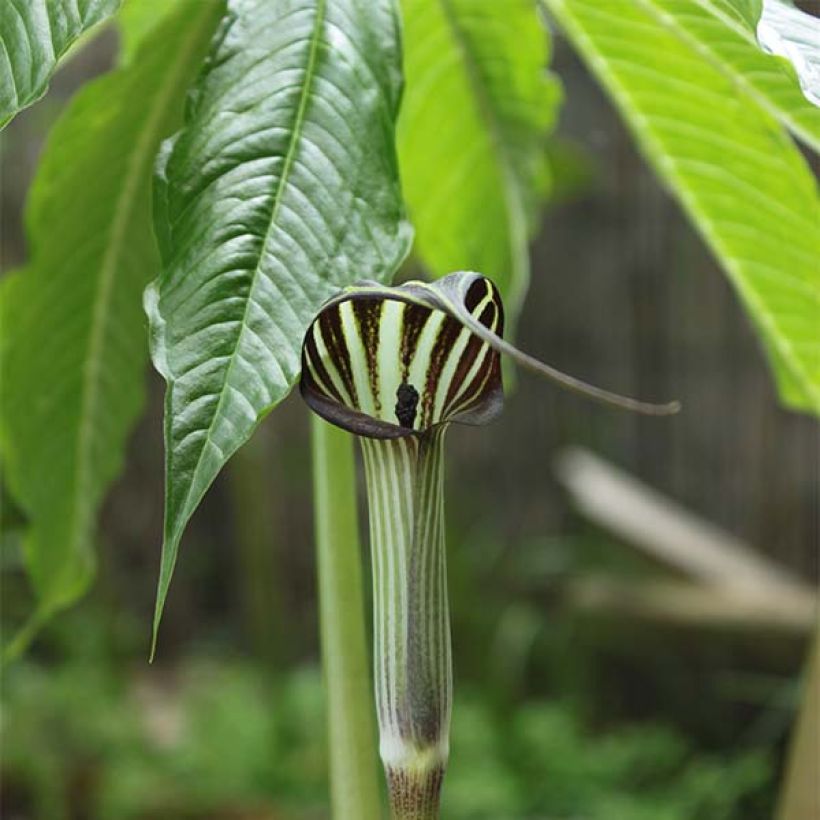

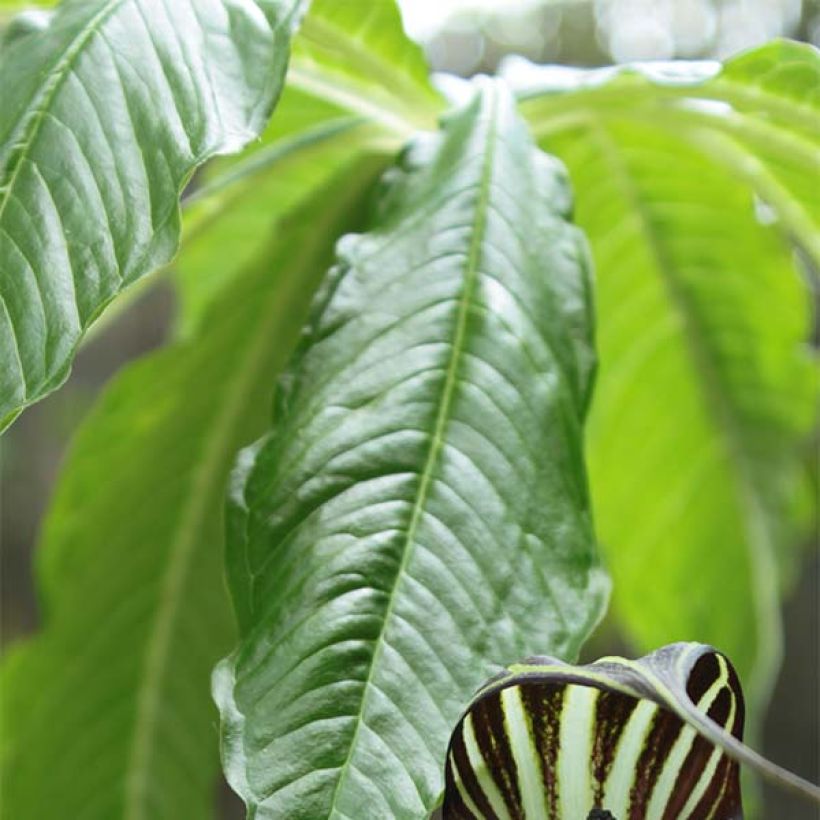

Flowering
Foliage
Plant habit
Botanical data
Arisaema
concinnum
Araceae
Cobra lily
India
Planting and care
Arisaema concinnum is a plant that prefers fertile, well-drained and moist soil with a slightly acidic to neutral pH level. It grows best in a shady yet bright location and can tolerate partial or dappled shade, as well as full light, without direct sunlight. Water the plant regularly, but only a little during the growing season. In colder areas, protect the base during winter by covering it with straw or plastic sheeting. Although this plant can withstand freezing weather and is hardy down to -20 °C (1°F), it still needs protection in cold temperatures. To prevent moisture buildup around the roots during winter, maintain careful soil drainage. For the best results, use garden soil enriched with a little compost as the substrate.
Planting period
Intended location
Care
Planting & care advice
-
, onOrder confirmed
Reply from on Promesse de fleurs
Similar products
Haven't found what you were looking for?
Hardiness is the lowest winter temperature a plant can endure without suffering serious damage or even dying. However, hardiness is affected by location (a sheltered area, such as a patio), protection (winter cover) and soil type (hardiness is improved by well-drained soil).

Photo Sharing Terms & Conditions
In order to encourage gardeners to interact and share their experiences, Promesse de fleurs offers various media enabling content to be uploaded onto its Site - in particular via the ‘Photo sharing’ module.
The User agrees to refrain from:
- Posting any content that is illegal, prejudicial, insulting, racist, inciteful to hatred, revisionist, contrary to public decency, that infringes on privacy or on the privacy rights of third parties, in particular the publicity rights of persons and goods, intellectual property rights, or the right to privacy.
- Submitting content on behalf of a third party;
- Impersonate the identity of a third party and/or publish any personal information about a third party;
In general, the User undertakes to refrain from any unethical behaviour.
All Content (in particular text, comments, files, images, photos, videos, creative works, etc.), which may be subject to property or intellectual property rights, image or other private rights, shall remain the property of the User, subject to the limited rights granted by the terms of the licence granted by Promesse de fleurs as stated below. Users are at liberty to publish or not to publish such Content on the Site, notably via the ‘Photo Sharing’ facility, and accept that this Content shall be made public and freely accessible, notably on the Internet.
Users further acknowledge, undertake to have ,and guarantee that they hold all necessary rights and permissions to publish such material on the Site, in particular with regard to the legislation in force pertaining to any privacy, property, intellectual property, image, or contractual rights, or rights of any other nature. By publishing such Content on the Site, Users acknowledge accepting full liability as publishers of the Content within the meaning of the law, and grant Promesse de fleurs, free of charge, an inclusive, worldwide licence for the said Content for the entire duration of its publication, including all reproduction, representation, up/downloading, displaying, performing, transmission, and storage rights.
Users also grant permission for their name to be linked to the Content and accept that this link may not always be made available.
By engaging in posting material, Users consent to their Content becoming automatically accessible on the Internet, in particular on other sites and/or blogs and/or web pages of the Promesse de fleurs site, including in particular social pages and the Promesse de fleurs catalogue.
Users may secure the removal of entrusted content free of charge by issuing a simple request via our contact form.
The flowering period indicated on our website applies to countries and regions located in USDA zone 8 (France, the United Kingdom, Ireland, the Netherlands, etc.)
It will vary according to where you live:
- In zones 9 to 10 (Italy, Spain, Greece, etc.), flowering will occur about 2 to 4 weeks earlier.
- In zones 6 to 7 (Germany, Poland, Slovenia, and lower mountainous regions), flowering will be delayed by 2 to 3 weeks.
- In zone 5 (Central Europe, Scandinavia), blooming will be delayed by 3 to 5 weeks.
In temperate climates, pruning of spring-flowering shrubs (forsythia, spireas, etc.) should be done just after flowering.
Pruning of summer-flowering shrubs (Indian Lilac, Perovskia, etc.) can be done in winter or spring.
In cold regions as well as with frost-sensitive plants, avoid pruning too early when severe frosts may still occur.
The planting period indicated on our website applies to countries and regions located in USDA zone 8 (France, United Kingdom, Ireland, Netherlands).
It will vary according to where you live:
- In Mediterranean zones (Marseille, Madrid, Milan, etc.), autumn and winter are the best planting periods.
- In continental zones (Strasbourg, Munich, Vienna, etc.), delay planting by 2 to 3 weeks in spring and bring it forward by 2 to 4 weeks in autumn.
- In mountainous regions (the Alps, Pyrenees, Carpathians, etc.), it is best to plant in late spring (May-June) or late summer (August-September).
The harvesting period indicated on our website applies to countries and regions in USDA zone 8 (France, England, Ireland, the Netherlands).
In colder areas (Scandinavia, Poland, Austria...) fruit and vegetable harvests are likely to be delayed by 3-4 weeks.
In warmer areas (Italy, Spain, Greece, etc.), harvesting will probably take place earlier, depending on weather conditions.
The sowing periods indicated on our website apply to countries and regions within USDA Zone 8 (France, UK, Ireland, Netherlands).
In colder areas (Scandinavia, Poland, Austria...), delay any outdoor sowing by 3-4 weeks, or sow under glass.
In warmer climes (Italy, Spain, Greece, etc.), bring outdoor sowing forward by a few weeks.






























